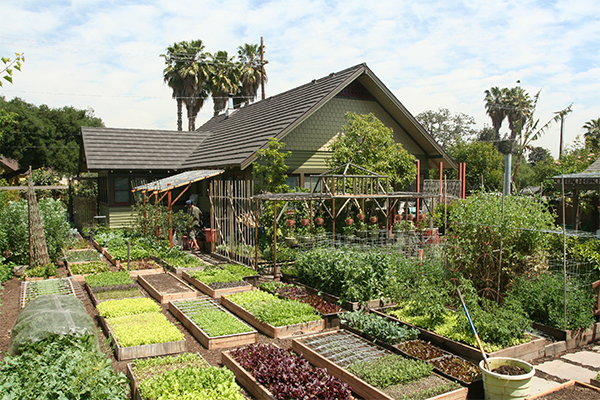Creating your own candles at home is a delightful and rewarding hobby. Not only does it allow you to express your creativity, but it also provides a chance to create personalized gifts and cozy home decor. This candle making guide will walk you through the step-by-step process of making beautiful candles from scratch.

Table of Contents
- Introduction to Candle Making
- Essential Materials for Candle Making
- Types of Candles You Can Make
- Choosing the Right Wax
- Adding Fragrance and Color
- Selecting the Perfect Wick
- Choosing Containers and Molds
- Safety Precautions in Candle Making
- Step-by-Step Candle Making Process
- Troubleshooting Common Issues
- Candle Care and Maintenance
- Benefits of Homemade Candles
- Environmental Impact and Sustainability
- Frequently Asked Questions
- Conclusion
Introduction to Candle Making
Whether you’re a beginner or an experienced crafter, candle making offers a fulfilling way to spend your time. This candle making guide is designed to help you start from scratch and progress to creating candles that reflect your style and preferences. Candles add warmth and ambiance to any space, and making them yourself adds a personal touch.
For those interested in homesteading, candle making can be an excellent skill to add to your repertoire. It complements other sustainable living practices such as waste reduction and rainwater collection.
Essential Materials for Candle Making
To get started, you’ll need some basic materials, including wax, wicks, fragrance oils, and containers. Each component plays a crucial role in the candle-making process, and choosing high-quality materials can significantly affect the outcome.
Types of Candles You Can Make
There are various types of candles you can create, from simple votives to intricate pillar candles. Each type offers unique aesthetic and functional qualities, and experimenting with different styles can be an exciting part of the process.
Choosing the Right Wax
When it comes to wax, options abound, including soy, beeswax, and paraffin. Each type of wax has its own set of advantages and characteristics, influencing factors such as burn time and scent throw.
Adding Fragrance and Color
Fragrance and color are key elements in candle making, allowing you to customize the mood and appearance of your candles. Essential oils and dyes are popular choices for adding a personal touch.
Selecting the Perfect Wick
The wick is the heart of the candle, and selecting the right one is crucial for an even burn. Wicks come in various sizes and materials, and understanding how to match them with your chosen wax and container is important.
Choosing Containers and Molds
Containers and molds shape your candles, and the options are virtually limitless. From classic glass jars to unique silicone molds, your choice will impact the final look of your candles.
Safety Precautions in Candle Making
Safety should always be a top priority when making candles. Working with hot wax and open flames requires caution and preparation. We’ll cover important tips to ensure a safe and enjoyable experience.
Step-by-Step Candle Making Process
Now that you’re familiar with the basics, let’s dive into the step-by-step process of making your own candles. This guide will cover everything from melting the wax to pouring it into molds, ensuring you have a successful outcome.
Troubleshooting Common Issues
Even with the best preparation, sometimes things don’t go as planned. We’ll explore common candle-making issues and provide solutions to help you overcome them.
Candle Care and Maintenance
Proper care extends the life of your candles and enhances their performance. Learn how to maintain your candles to get the most enjoyment out of them.
Benefits of Homemade Candles
Making candles at home offers numerous benefits, including cost savings, customization, and the satisfaction of creating something with your hands. Homemade candles also make heartfelt gifts for friends and family.
Environmental Impact and Sustainability
Candle making can be an environmentally friendly activity if you choose sustainable materials and practices. Learn how to minimize your environmental footprint while enjoying this creative hobby.
Frequently Asked Questions
- What type of wax is best for beginners? Soy wax is often recommended for beginners due to its ease of use and eco-friendly properties.
- Can I use food coloring to dye candles? It’s best to use dyes specifically designed for candle making to ensure safety and quality.
- How do I fix a candle with a tunneling issue? To fix tunneling, allow the candle to burn long enough for the wax to melt evenly across the surface.

Conclusion
With this candle making guide, you’re well on your way to creating beautiful, personalized candles at home. Whether you’re crafting for yourself or as gifts, the joy of candle making lies in the creativity and satisfaction it brings. For more homesteading tips, visit backyard homesteading ideas.





